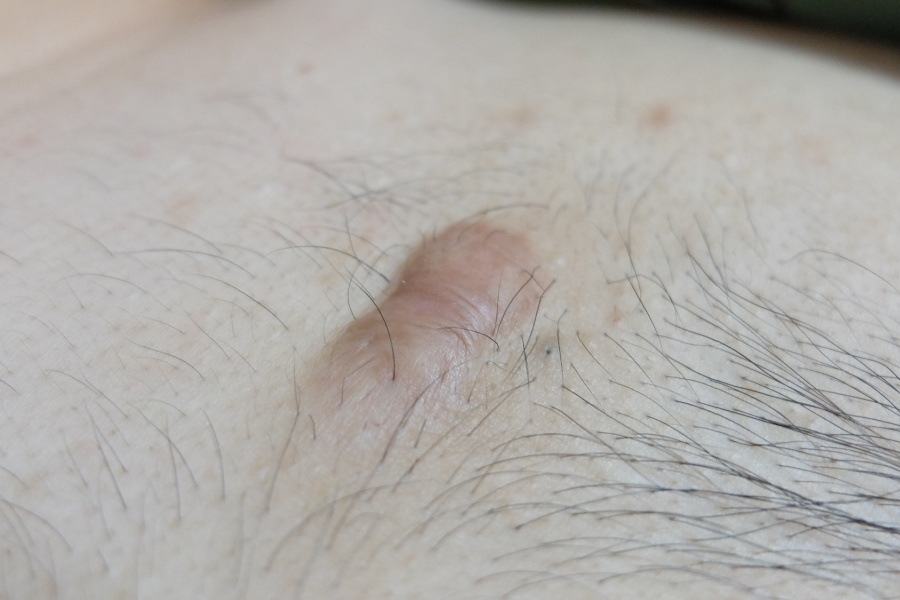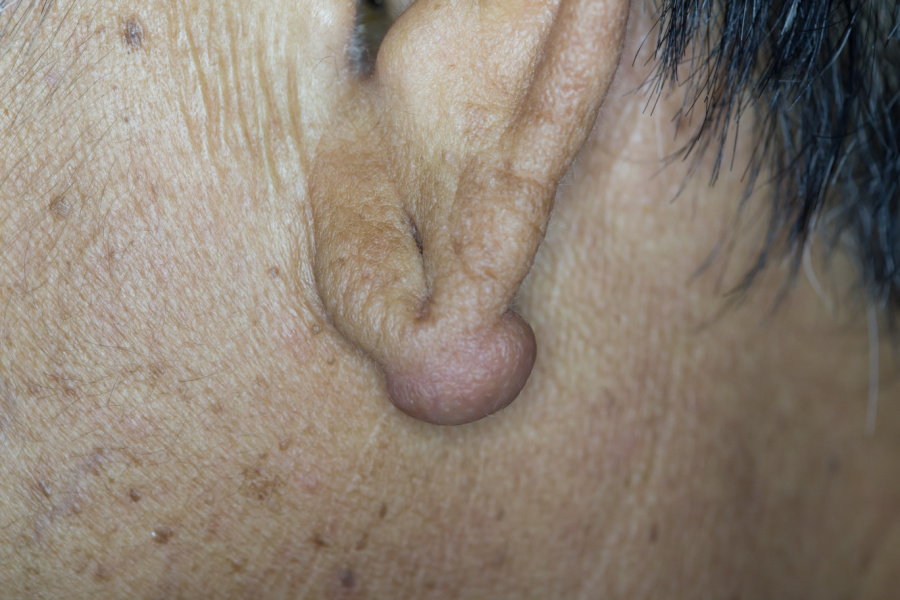
Hypertrophic bumps from piercings and keloid scars can appear quite similar, but there are several ways to tell them apart. Piercings can cause changes in the skin around the site. Being able to distinguish between hypertrophic piercing bumps and keloid scars is important for choosing the right treatment and understanding when to seek medical advice. Keep reading to learn more about what these bumps and scars are, how to differentiate them, treatment options, and additional information.
Hypertrophic piercing bumps, also known as hypertrophic scars, are small pink or red lumps that can form after getting a piercing. These bumps typically affect only the area directly around the piercing site. They are a common occurrence, usually developing within a few weeks after the piercing. Hypertrophic bumps tend to be flat or slightly raised and may feel uncomfortable or itchy.

A keloid is a raised, thickened scar that develops as a result of skin injury or trauma, such as a piercing. It occurs when the skin’s repair process produces an excessive amount of collagen due to overactive fibroblasts, the cells responsible for collagen synthesis. Keloids can take 3 to 12 months to appear after the initial injury and often start as raised scars that are pink, red, or darker than the surrounding skin, sometimes growing darker over time.
Keloid scars on the earlobe typically have round, oval, or oblong shapes and can continue to grow slowly or rapidly, potentially becoming quite large. Their texture may vary, feeling soft and doughy or hard and rubbery. People with keloids may also experience symptoms such as pain, itchiness, and tenderness.
The formation of keloids involves a complex interaction of genetic predisposition, abnormal wound healing processes, inflammation, and excessive collagen and extracellular matrix production. These scars grow beyond the boundaries of the original wound and do not regress on their own. Unlike hypertrophic scars, which stay within the wound area and often improve over time, keloids persist and may become progressively larger. Understanding these characteristics can help in distinguishing keloids and managing treatment appropriately.
When a new piercing becomes irritated or begins to heal, it’s common to notice a raised bump forming around the site. At first glance, hypertrophic bumps and keloid scars can appear quite similar—both are raised, firm, and form near the piercing. However, there are important differences between the two, and identifying them early can help guide proper treatment.
Over time, their appearance, behavior, and growth patterns will begin to diverge. Understanding these distinctions is key to managing your skin's healing process effectively.
Here’s a breakdown of the main differences between hypertrophic bumps and keloid scars:
Piercing bumps are a common part of the body’s natural healing process. In many cases, they resolve on their own without medical treatment. However, taking proper care of the piercing site can support faster healing, reduce discomfort, and help prevent infection.
Here are some effective ways to care for a piercing bump:
While it may be tempting to use antiseptics like rubbing alcohol or hydrogen peroxide, these products can dry out the skin and delay the healing process. Stick to gentle, non-irritating solutions to support optimal recovery.
If a bump becomes painful, swollen, or shows signs of infection, consult a healthcare provider or a professional piercer for further guidance.

Keloids are raised, thickened scars that can continue to grow beyond the original site of skin injury. While they are not harmful, many people seek treatment for cosmetic reasons or due to discomfort. There are several treatment options available, and the most appropriate approach often depends on the size, location, and severity of the keloid—as well as individual skin type.
Surgical excision is one of the most effective ways to remove a keloid completely. During this procedure, a specialist carefully cuts out the keloid tissue, significantly reducing its size and visibility. For individuals with large or persistent keloids, surgery offers the most immediate and dramatic improvement.
Although there is a risk that keloids can return even after surgical removal, combining surgery with follow-up treatments—such as corticosteroid injections or pressure therapy—can greatly reduce the chances of recurrence. Many patients experience smoother skin, restored confidence, and long-term relief from discomfort following surgical excision.
While surgery may be the preferred choice for more advanced cases, several non-surgical treatments can also help manage and reduce keloids:
For many people, surgical removal offers the most noticeable and lasting results, especially when keloids are large or resistant to other therapies. However, it’s important to consult a qualified healthcare professional or dermatologist to determine the best course of action for your specific needs. In many cases, a combination approach—such as surgery followed by steroid injections or laser therapy—can deliver optimal results and help prevent recurrence.
Choosing the Minor Surgery Clinic for keloid removal means opting for expert care tailored to both effective scar reduction and long-term results. The clinic specializes in combining precise surgical excision with steroid injections, a proven approach to minimize keloid size, discomfort, and likelihood of recurrence. Their experienced surgeons prioritize preserving healthy skin and use meticulous techniques, including fine suturing, to reduce tension and promote optimal healing. Additionally, the clinic offers comprehensive post-surgical follow-up with ongoing steroid therapy to manage inflammation and support scar flattening. This holistic and patient-focused approach helps you regain comfort and confidence with minimal downtime and personalized aftercare.
While piercing bumps are often harmless and related to the body’s natural healing process, they can sometimes indicate other underlying conditions. It’s important to be aware of alternative causes to ensure timely and appropriate treatment.
An infected piercing can lead to inflammation and swelling around the site. Infections are more likely if aftercare is poor or if the piercing is exposed to bacteria during the healing process.
Common signs of an infected piercing include:
Prompt treatment with proper wound care—and in some cases, medical attention—is important to prevent complications.
Contact dermatitis is a type of skin irritation or allergic reaction caused by direct contact with an irritating or allergenic substance. In the context of piercings, this can result from sensitivity to materials or products used during or after the procedure.
Potential triggers in piercings include:
Symptoms of contact dermatitis may include:
To reduce the risk of a reaction, consider replacing the jewelry with a hypoallergenic material, such as titanium, niobium, or high-quality surgical steel. Sterling silver may also be suitable for some individuals but can still cause irritation in others.
Hypertrophic bumps and keloids are distinct skin responses that can develop after a piercing. While hypertrophic bumps usually appear within weeks and remain small, keloids often form more gradually and may continue to grow over time, sometimes extending beyond the original piercing site.
If you notice a persistent or growing lump near a piercing, it's important to consult with a healthcare professional or dermatologist. They can provide an accurate diagnosis and recommend the most effective treatment options tailored to your specific skin type and condition.